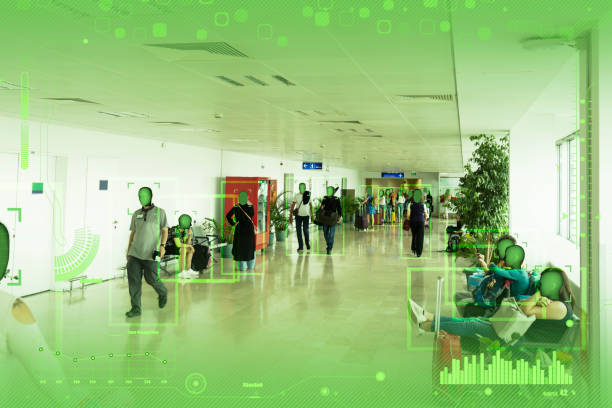Shopping malls are bustling hubs of activity and can be a target for criminals looking to take advantage of unsuspecting consumers. To protect both customers and businesses, shopping mall security systems have become an essential part of any retail operation. These systems can help to detect, prevent, and respond to various threats such as theft, fraud, and vandalism. By providing advanced surveillance capabilities, intelligent analytics, and comprehensive reporting capabilities, these systems can help to ensure that shoppers feel safe while they shop. Additionally, they can provide businesses with the peace of mind that their stores are secure from any potential threats.
What is Shopping Mall Security and How Does it Work?
Shopping mall security is an important aspect of shopping center operations. It helps to prevent theft, vandalism and other criminal activities in the mall. Shopping mall security involves a range of measures such as surveillance technology, access control systems and security personnel.
The use of modern surveillance technology has greatly increased the effectiveness of shopping mall security. Cameras are placed in key areas to monitor activity and detect any suspicious behavior. Access control systems are also used to restrict access to certain areas within the mall or even individual stores. Security personnel are also employed to patrol the premises and provide a visible presence that can act as a deterrent against potential criminals. You need to provide side by side shotgun and other weapons to security personnel, so they can easily protect shopping mall from potential criminals.
Shopping mall security is essential for providing customers with a safe environment while they shop or visit the center’s amenities. It also helps protect businesses from losses due to theft or vandalism, ensuring that everyone can enjoy their time at the shopping center without worry.
The Benefits of Shopping Mall Security Systems for Businesses & Customers
Shopping malls are a popular destination for customers, but they can also be a target for criminals. To ensure the safety of both customers and businesses, shopping malls need to invest in advanced security systems. These systems can include video surveillance systems, store security systems, and shoplifting detection technology. By utilizing these technologies, businesses can protect their assets while providing customers with a safe and secure shopping experience. Additionally, these security systems can help to reduce shoplifting and other criminal activities in the mall. With the right security system in place, businesses can ensure that their customers feel safe while shopping and that their business is protected from potential threats.
Understanding the Different Types of Shopping Mall Security Solutions Available
The shopping mall is one of the most popular places for people to go. It is also a place where a lot of money is spent every year. There are many different types of security solutions available in the market.
It is important to understand the different types of security solutions and their use cases so that you can make an informed decision on which one to choose for your business.
There are three different types of access control systems in the market: card readers, keypads, and biometric identification systems. Each system has its own advantages and disadvantages which we will explore below.
Enforcing Shopping Mall Regulations with Surveillance Cameras & Motion Sensors
Retailers are increasingly using surveillance cameras and motion sensors in their stores to monitor shoppers. This is because these tools help them to enforce their shopping mall regulations.
Malls use these tools for security purposes and also for keeping an eye on the activities of the shoppers. Retailers can use these tools to know if someone is stealing or not, which helps them in making better decisions about how they run their business.
The effectiveness of this technology has led some people to argue that it should be used more widely as a way of preventing crime, improving retail sales, and reducing shoplifting.




